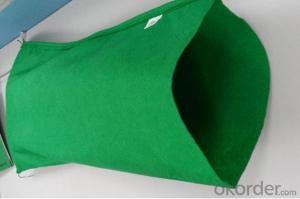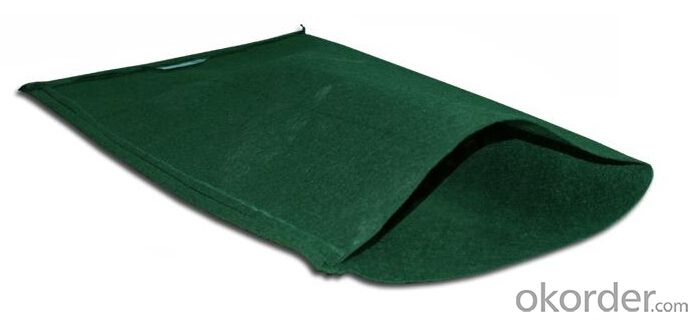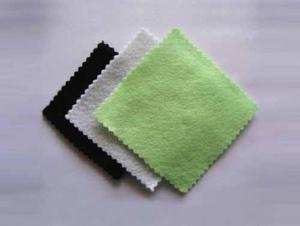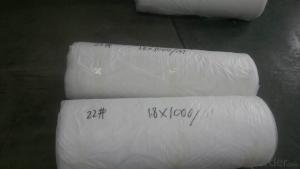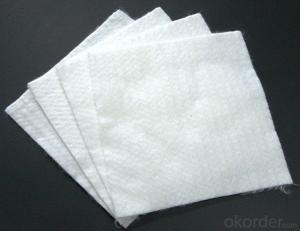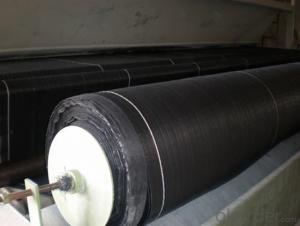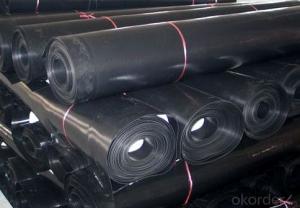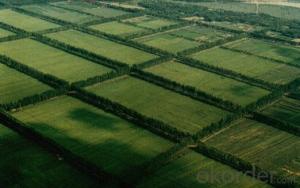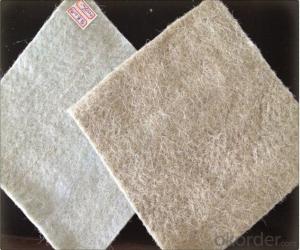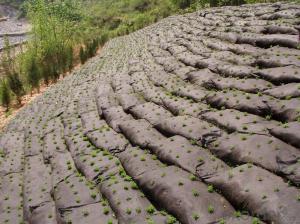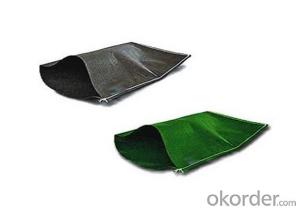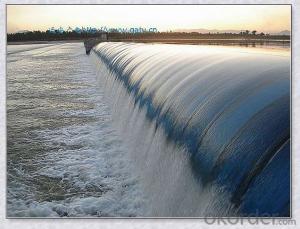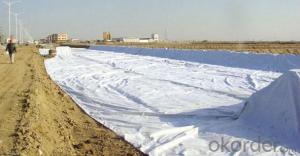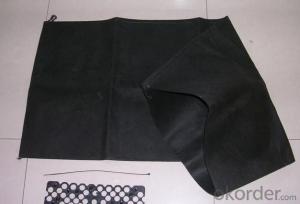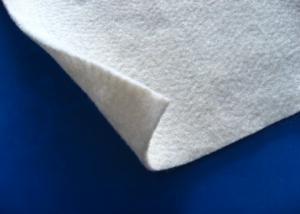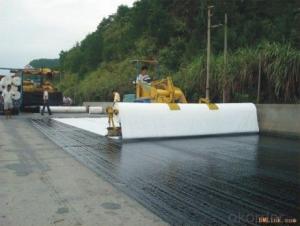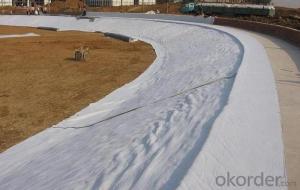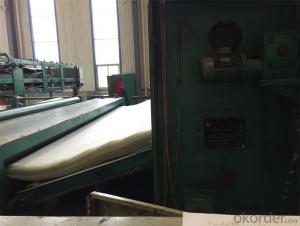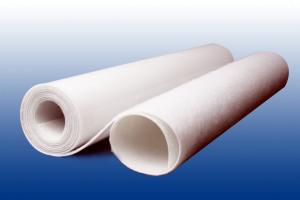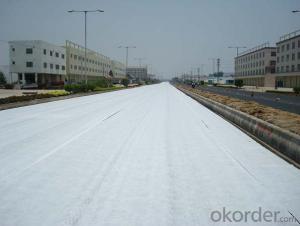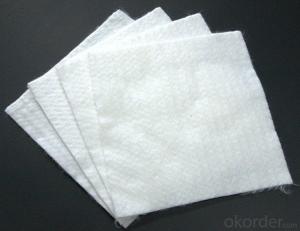UV Stabilized High Quality Polypropylene Geo Bag with Geotextile 10m
- Loading Port:
- China main port
- Payment Terms:
- TT OR LC
- Min Order Qty:
- 3000 pc
- Supply Capability:
- 300000 pc/month
OKorder Service Pledge
OKorder Financial Service
You Might Also Like
1,Brief Introduction of PP Geo Textile Bag
Geotextile bags that component is PP or PET needle punched non woven fabric
It is a greener environmental protection solutions used for erosion control ,embankment/slope protection and shoreline stabilization, stormwater management, and the creation of rain gardens and other functional green spaces.
color:white,black,deep green,grey,etc
Size:60cm*45cm,85cm*45cm,95cm*35cm,103cm*70cm,110cm*50cm,etc
2,Feature of PP Geo Textile Bag
Strong corrosion resistance ,UV resistance, anti-aging, non-toxic, non-combustion,good stability,split not extend etc. features.Anti-rot,anti-degradation,pests erosion resistance.
3,Package of PP Geo Textile Bag
Stardard export package or as per your request
4,Application of PP Geo Textile Bag
1).Ecohydraulic Engineering:
Natural environment for both sides of the ecological river, soil and water conservation,reservoir fluctuation zone regreening, wetland project, coastal engineering etc.
2.)Highway Engineering:
Roadbed side slope,retaining wall project, massif excavate side slope,bridgepier slope protection,culvert exits and entrances "Eight word" wall,sound protective screen, ecological isolation strip,swelled ground side slope,freeze thawing district side slope etc.
3).Railway Engineering:
Roadbed side slope,retaining wall project, massif excavate side slope,bridgepier slope protection,culvert exits and entrances "Eight word" wall,ecological beauty spot ecological district side slope,ecological fragile district ecological side slope etc.
4).Municipal garden engineering:
Massif regreening,massif excavate side slope,urban center ecological river bank,pack lakeshore,puente hills landfill,mine regreening,golf course,gardening landscape wall,
saline-alkali soil side slope etc.
5).Real estate landscape engineering:
Artificial landscape riverway,uptown side slope,gardening landscape wall,hydrophile retaining wall,roof greening ,etc
6).Others:
Slope body collapsed emergency manage,desert greening,natural reserves,the coast protection embankment,ammunition storage place,flood protection wall,ecological vertical wall etc.
5.FAQ
We have organized several common questions for our clients,may help you sincerely:
1>How about your company?
A manufacturer & supplier focuses on the production of geo textile and geo bag etc. We have exported this product to Amereica, Europe and South East Asia. Customized product is also available based on your detailed requirements.
2> What's the MOQ ?
We kindly recommend 1x40'HQ as the price would be economical based on large loading quantity.
3>How long can we receive the product after purchase?
It takes about 1 to 2 weeks to finish the production based on the specific production schedual. Then it will depend on the shipping time from loading port to the destination port.
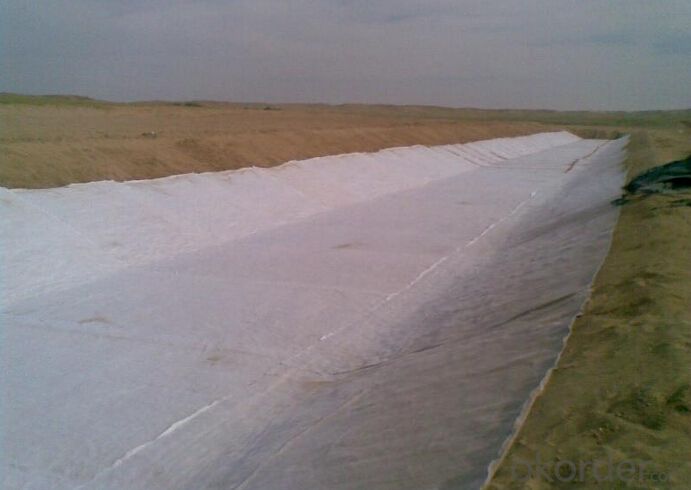
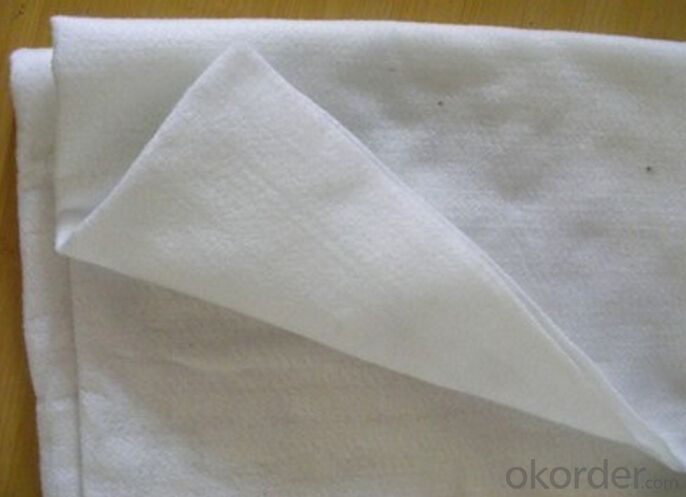
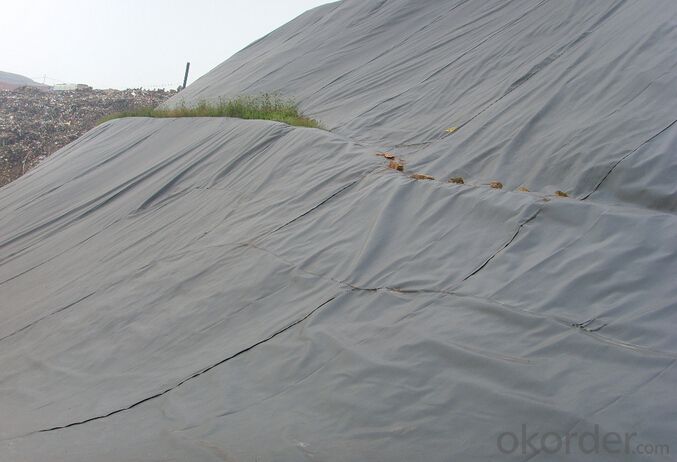
- Q: Are geotextiles suitable for use in erosion control socks?
- Yes, geotextiles are suitable for use in erosion control socks. Geotextiles provide effective filtration, drainage, and erosion control properties, making them an ideal choice for preventing sediment and soil erosion in erosion control socks.
- Q: What are the different geotextile installation techniques in slope stabilization?
- Some of the different geotextile installation techniques in slope stabilization include anchoring the geotextile with nails or staples, using mechanical devices such as geocells or geogrids to secure the geotextile, and using slope erosion control blankets or mats to hold the geotextile in place. Additionally, geotextiles can be installed in layers or wrapped around soil layers to provide increased stability and reinforcement.
- Q: How do geotextiles improve the performance of geonets?
- Geotextiles improve the performance of geonets by enhancing their filtration, separation, and reinforcement capabilities. They act as a barrier to prevent fine particles from clogging the geonets, increasing their longevity and drainage efficiency. Additionally, geotextiles help to separate different soil layers, preventing their mixing and maintaining structural integrity. By providing additional tensile strength and stability, geotextiles reinforce the geonets, making them more effective in various geotechnical applications.
- Q: What are the installation guidelines for geotextiles used in erosion control blankets?
- The installation guidelines for geotextiles used in erosion control blankets typically involve preparing the site by removing any vegetation, debris, or loose soil. The geotextile is then unrolled and placed over the desired area, ensuring it is smooth and wrinkle-free. It is important to secure the edges of the geotextile using stakes or pins to prevent movement. Additionally, proper overlap and anchoring techniques should be employed to ensure optimal erosion control. It is always recommended to consult the specific manufacturer's guidelines for detailed instructions.
- Q: Principle and Advantages of Permeable Geotextile
- The advantages of permeable geotextile: 1: isolation, the use of polyester staple acupuncture geotextile with different physical properties (particle size, distribution, consistency and density, etc.) of building materials (such as soil and sand, soil and concrete Etc.) to isolate. So that two or more materials are not lost, not mixed, to maintain the overall structure and function of the material, so that the building capacity to enhance the capacity. 2: filter, when the water from the fine soil into the coarse soil layer, the use of polyester staple acupuncture geotextile good permeability and water permeability, so that water through, and effectively carrying soil particles, sand, small Stone, etc., in order to maintain the stability of soil and water engineering. 3: drainage, polyester staple acupuncture geotextile has a good water conductivity, it can form a drainage channel within the soil, the soil structure of the excess liquid and gas efflux. 4: reinforced, the use of polyester staple acupuncture geotextile to enhance the soil tensile strength and resistance to deformation, enhance the stability of the building structure to improve the quality of soil. 5: protection, water erosion of the soil, the effective concentration of concentrated diffusion, transmission or decomposition, to prevent soil damage by external forces, the protection of the soil. 6: high tensile strength, good permeability, breathable properties, high temperature, anti-freeze, anti-aging, corrosion-resistant, not moth-eaten.
- Q: Can geotextiles be used in flood protection projects?
- Yes, geotextiles can be used in flood protection projects. Geotextiles are often used as a component in flood control measures due to their ability to effectively filter and drain water while preventing soil erosion. They can be employed in various applications such as erosion control, slope stabilization, and shoreline protection, helping to mitigate the impact of floods and minimize damage to infrastructure and property.
- Q: Staple acupuncture non-woven geotextile is what material synthesis
- Using polyester staple fiber fineness of 6-12 denier, the length of 54-64mm polyester crimped short fiber as raw material. Polyester staple fiber is made of polyester (that is, polyethylene terephthalate, referred to as PET, from PTA and MEG polymerization) re-spinning into the fiber after cutting.
- Q: Are geotextiles resistant to insect infestation?
- Yes, geotextiles are generally resistant to insect infestation. Their synthetic material and tightly woven structure make it difficult for insects to penetrate or nest within the fabric. However, it is important to note that while geotextiles provide a barrier against insects, they are not completely immune to all types of infestation.
- Q: What are the specifications for geotextiles in gas venting projects?
- The specifications for geotextiles in gas venting projects typically include factors such as the material's permeability, strength, and durability. The geotextile should have a high permeability to allow gas to pass through while preventing the migration of fine particles. It should also possess adequate strength to withstand the gas pressure and potential stresses. Additionally, the geotextile should exhibit durability to withstand environmental conditions and maintain its functionality over time.
- Q: How are geotextiles affected by biological factors?
- Geotextiles can be affected by biological factors such as the growth of vegetation and the presence of microorganisms. Vegetation can penetrate and grow through geotextiles, reducing their effectiveness in providing separation and reinforcement. In addition, microorganisms can cause degradation of the geotextile material over time, compromising its structural integrity. Therefore, it is important to consider and manage these biological factors when using geotextiles in various applications.
Send your message to us
UV Stabilized High Quality Polypropylene Geo Bag with Geotextile 10m
- Loading Port:
- China main port
- Payment Terms:
- TT OR LC
- Min Order Qty:
- 3000 pc
- Supply Capability:
- 300000 pc/month
OKorder Service Pledge
OKorder Financial Service
Similar products
Hot products
Hot Searches
Related keywords
